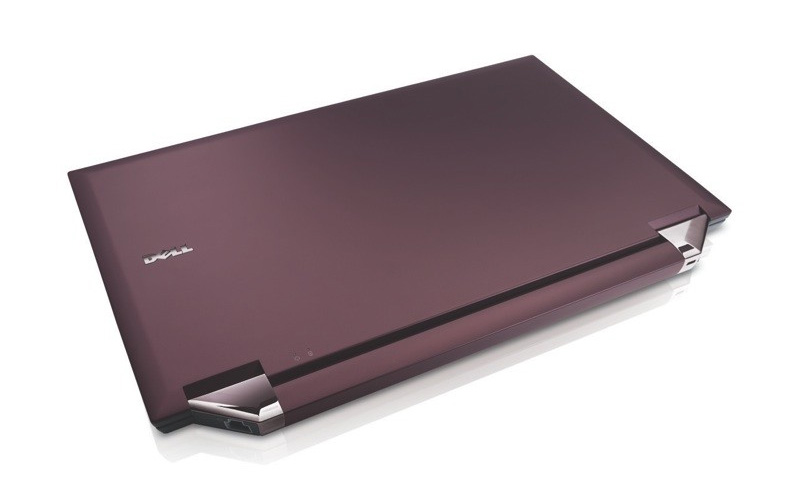
Over the years, it’s been reasonably well established that one of the most effective ways to make computer use more productive is not to increase processing power, memory, or storage space, but to increase display size. By offering users more screen real-estate (and letting them develop usage habits other than running everything full-screen), folks can work more efficiently because they spend less time switching back and forth between applications and windows, and more time focused on the task at hand.
We’re sure that’s what Las Vegas-based custom computer outfit Malibal has in mind with its new Veda series notebooks, which tout an impossibly large 20.1-inch 1,680 by 1,050 pixel LCD display.
“The Veda Series is our most advanced notebook to date. It is the ultimate 64-bit mobile workstation, that will wow even the most hardcore PC users,” said Malibal founder Matthew Plott in a statement.
The Veda notebooks are available now, and sport an AMD Turion 64 X2 Dual-Core TL-52 or TL-60 processor, support for up to 4 GB of RAM, two hard drive bays enabling up to 400 GB of storage, an integrated VGA-resolution Webcam, either a DVD/CDRW combo drive or 8 × dual-layer DVD burner, 802.11g Wi-Fi wireless networking, an integrated TV Tuner with remote control, and a 7-in-1 media card reader. To drive that huge display, customers can choose either a single or dual Nvidia Quadro FX Go 2500M graphic controller with 512 MB of video RAM, or an Nvidia GeForce 7950 GTX with 512 MB of video RAM and SLI. Malibal is positioning the Vedas as ideal for content creators, architects, engineers, and other folks who need high-end visualization tools on the go…but we’re betting they won’t mind gaming and high-end video enthusiasts getting on board. The notebooks are available with favors of Windows XP and Vista, all the way up to the 64-bit edition of Window Vista Ultimate.
Base configurations of the Veda notebook start at $2,799 and escalate quickly: tricking the Veda out with two hard drives, 4 GB of RAM, and Dual Nvidia Quadro FX 2500M graphics with SLI pushed the bill over $6,000…but that’s a small price to pay for that 20-inch screen, right?


